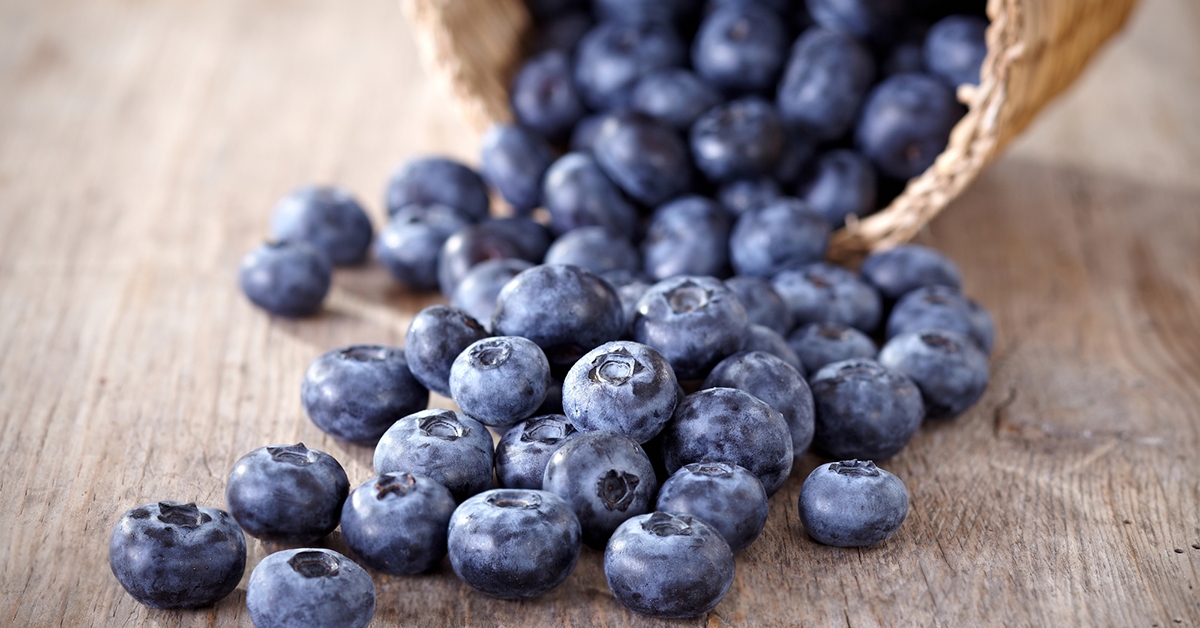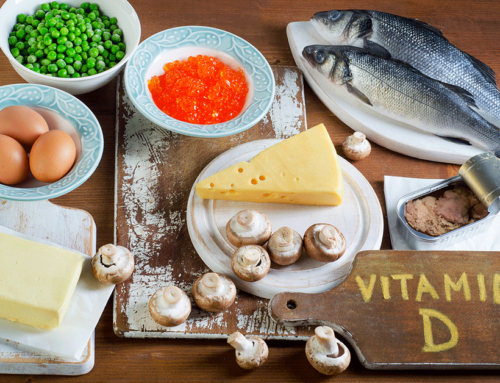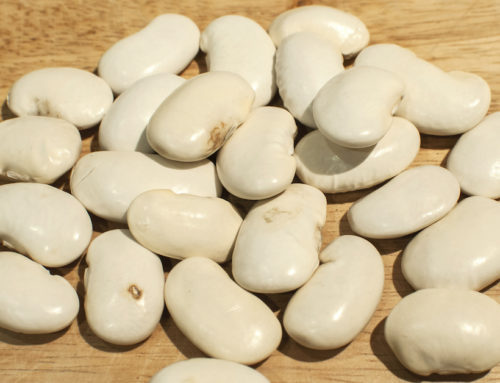There’s a protein that produces huge benefits for the brain. This assertion is a fact; it’s been proven.
Study after study shows this substance – brain-derived neurotrophic factor (BDNF) – keeps the brain functioning properly and promotes resistance against Alzheimer’s disease. You want the highest levels you can get.
The good news is, your body makes this protein itself.
But if you want to enjoy the maximum benefits, you have to support your body’s efforts to manufacture BDNF. And – more good news – it’s not hard to do.
One of BDNF’s most important functions in the brain is to further neuron plasticity – helping brain cells alter their connections to help you retain memories. BDNF enables your neurons to change their structure and networks among each other as you learn new information.1
That kind of role in the brain is one reason BDNF has been shown to limit memory loss as we age. Folks with higher BDNF levels keep their memories longer.
A six-year study of more than 500 seniors at the Rush University Medical Center in Chicago shows that in people with Alzheimer’s disease, those with the highest levels of BDNF suffer memory loss that is 50% slower than those with the least BDNF.2
According to researcher Aron S. Buchman, “This suggests that a higher level of protein from BDNF gene expression may provide a buffer, or reserve, for the brain and protect it against the effects of the plaques and tangles that form in the brain as a part of Alzheimer’s disease.”
A Favorite Brain Fruit Makes Another Appearance
One relatively simple way to get your BDNF levels up is to eat blueberries. Lab research in Europe shows that compounds in blueberries bump up the supply of BDNF in the brain while also improving memory.3 The European researchers conclude that blueberries and their natural chemicals could be used as therapy for fighting off memory loss in older people.
And researchers in South Korea agree with them – with a twist. Their investigation indicates that blueberry vinegar could be an excellent treatment option for older people who are suffering memory difficulties. They believe that fermenting the blueberries makes this fruit an even more potent tool for boosting BDNF and brain health.4
Blueberry vinegar is a new one on me. I checked, and it is available on the internet.
Brain Fun in the Sun
Another method for encouraging BDNF production is to get out in the sun every day.
A lab study at Michigan State shows that too much time indoors – in office-style lighting – without getting at least a little bright sun, drops the level of BDNF in the brain and impacts memory and learning abilities.
In this research, animals who endured dim light for about a month experienced a significant reduction in BDNF and lost a frightening 30 percent of the function of the hippocampus. The hippocampus is a part of the brain vital for maintaining memory and learning capacity.
In contrast, animals that got some daily bright light retained their BDNF and normal brains. Even the animals that had suffered in the dimmer light fully recovered when they were allowed a month of bright, daily light.5
Other ways to increase your BDNF include:
- Exercise – Research shows that exercising increases BDNF production. And even a single brisk walk has an effect.6
- Yoga and meditation – A three-month study in California demonstrates that these stress-reducing activities boost BDNF.7
- Omega- 3 fatty acids – The omega-3s in fish oil have been found to support BDNF in the brain.8
The final word: BDNF is one of the most important proteins your brain makes. You owe it to your future to do something today to reinforce the production of this priceless natural chemical.
- https://www.ncbi.nlm.nih.gov/pubmed/17942328/
- https://www.ncbi.nlm.nih.gov/pmc/articles/PMC4763800/
- https://www.ncbi.nlm.nih.gov/pmc/articles/PMC3665790/
- https://www.ncbi.nlm.nih.gov/pubmed/29260547
- https://www.ncbi.nlm.nih.gov/pubmed/29251803
- https://content.iospress.com/articles/brain-plasticity/bpl160040
- https://www.frontiersin.org/articles/10.3389/fnhum.2017.00315/full
- https://www.ncbi.nlm.nih.gov/pmc/articles/PMC4003707/







